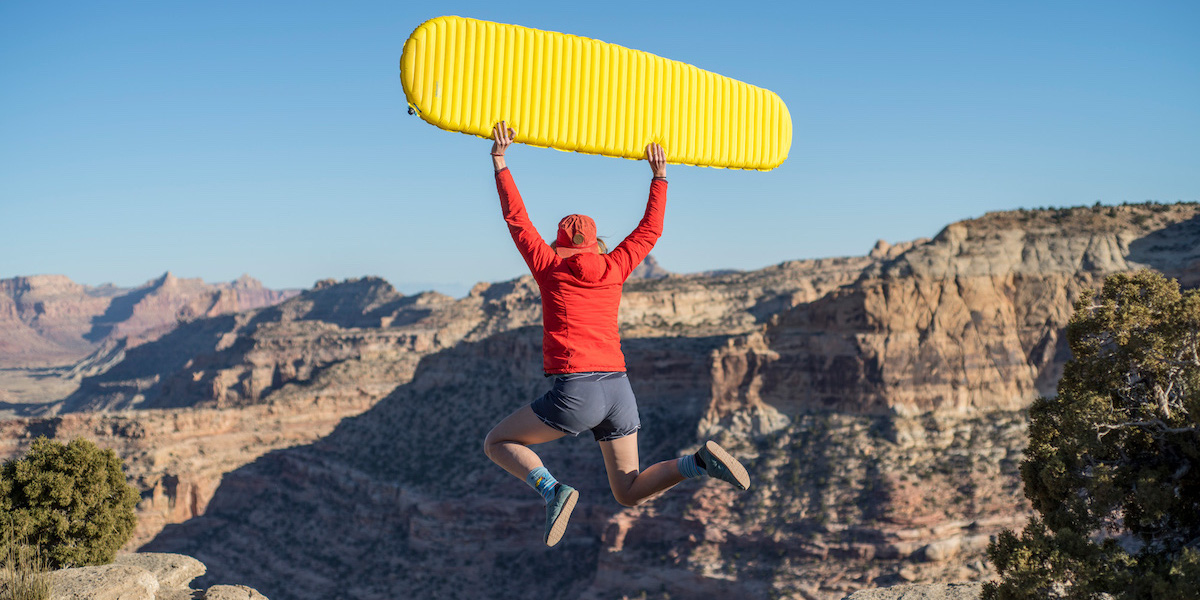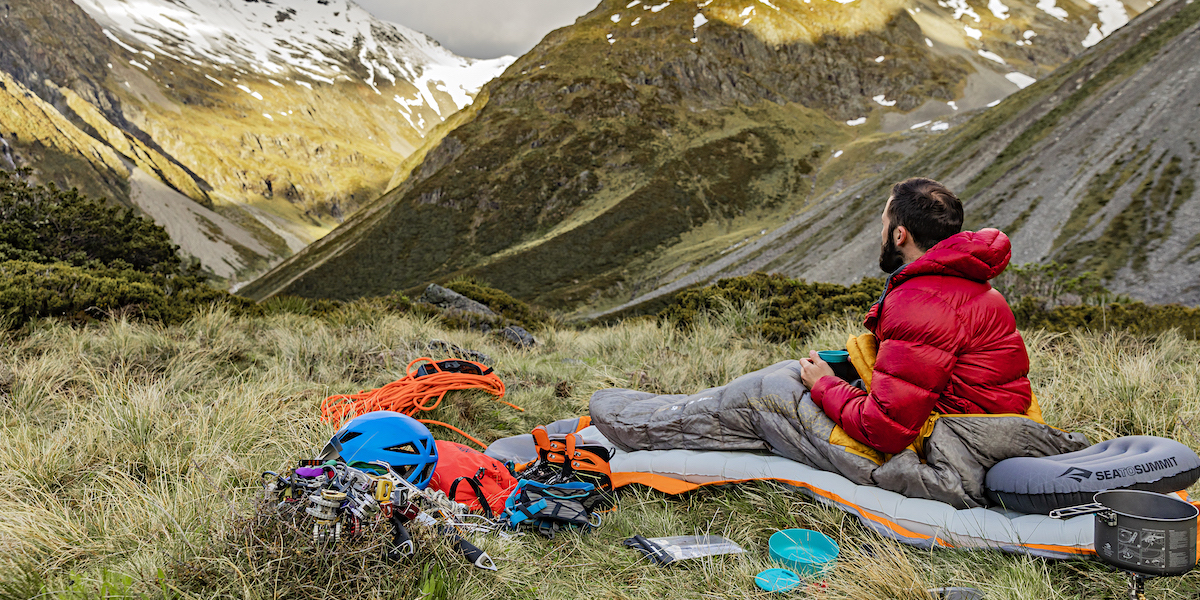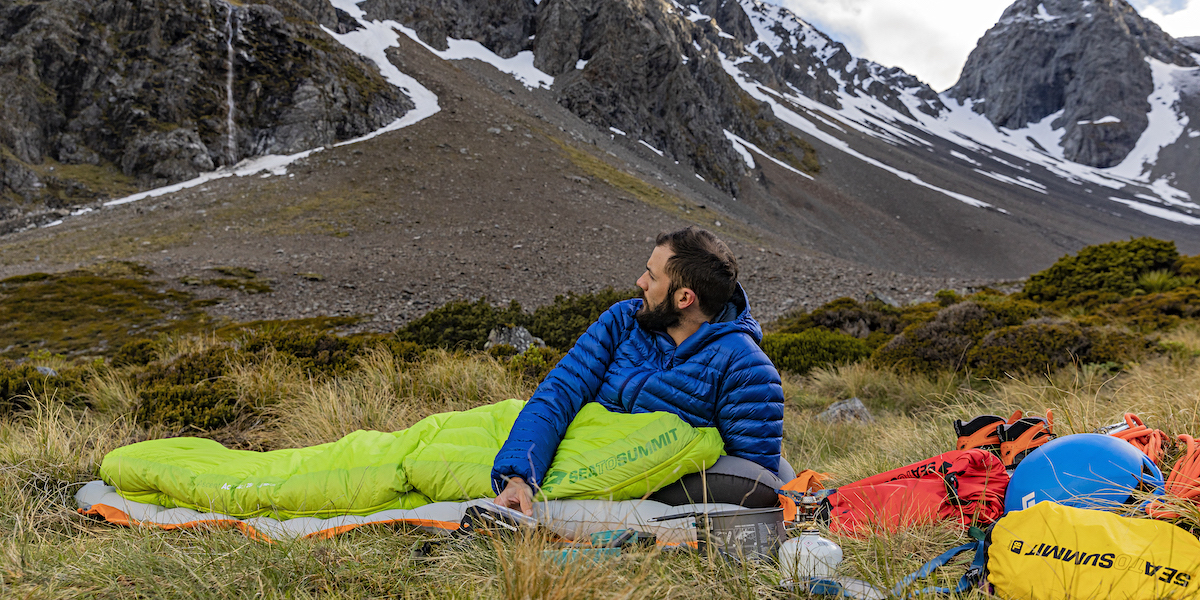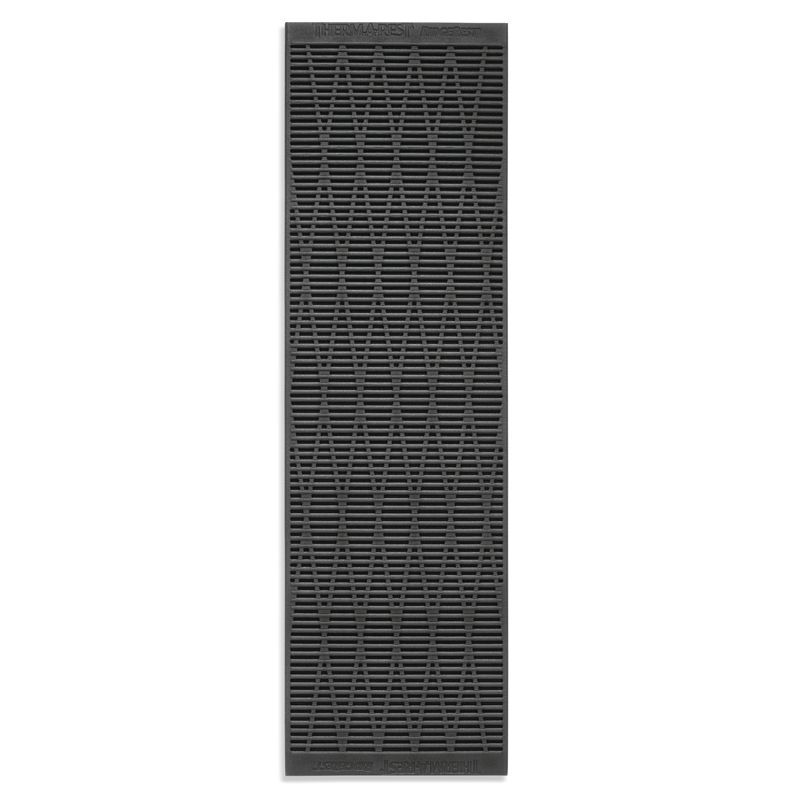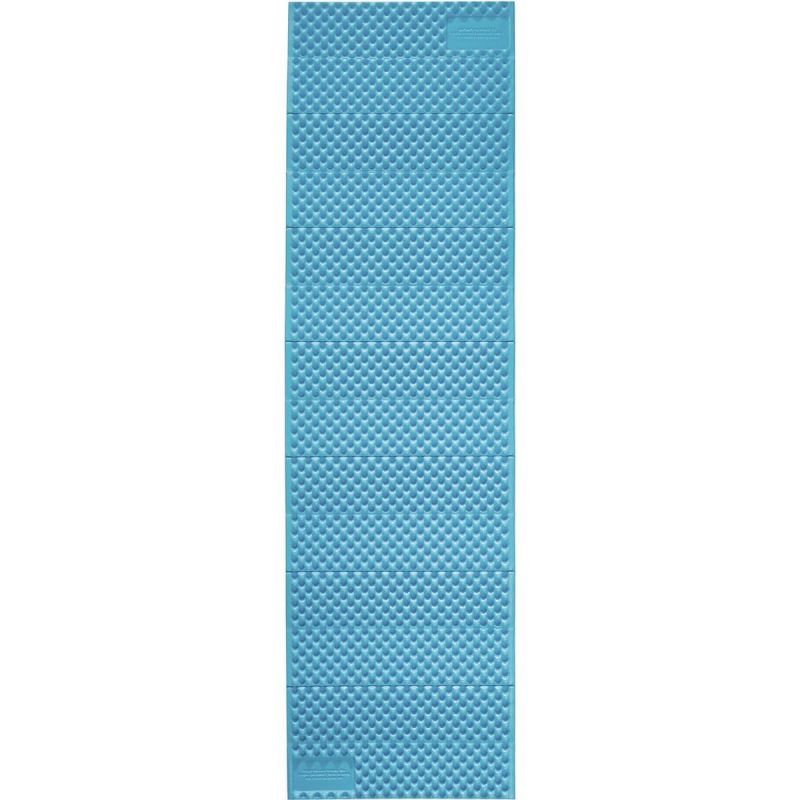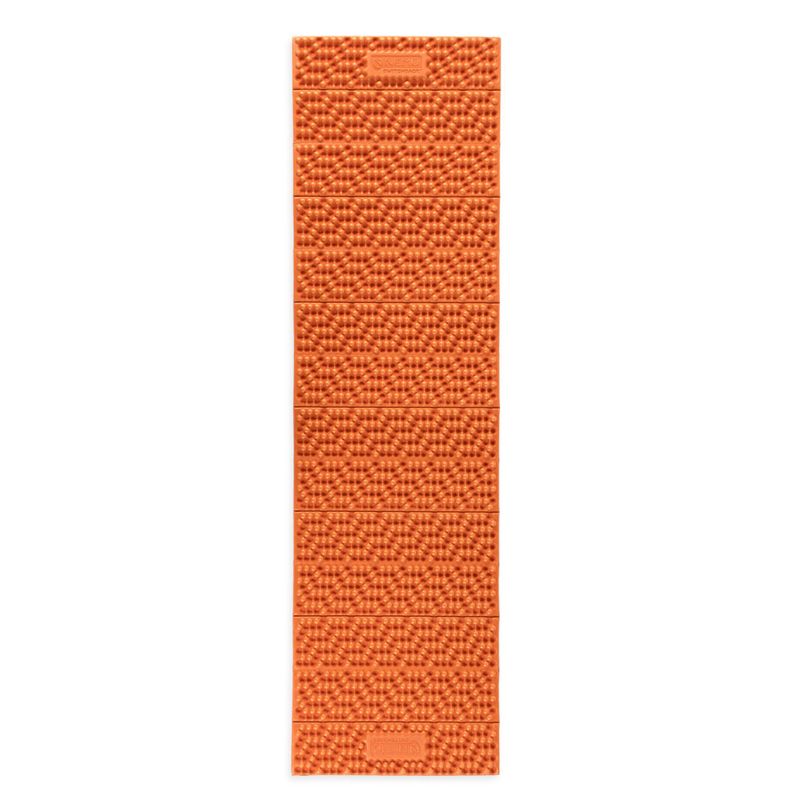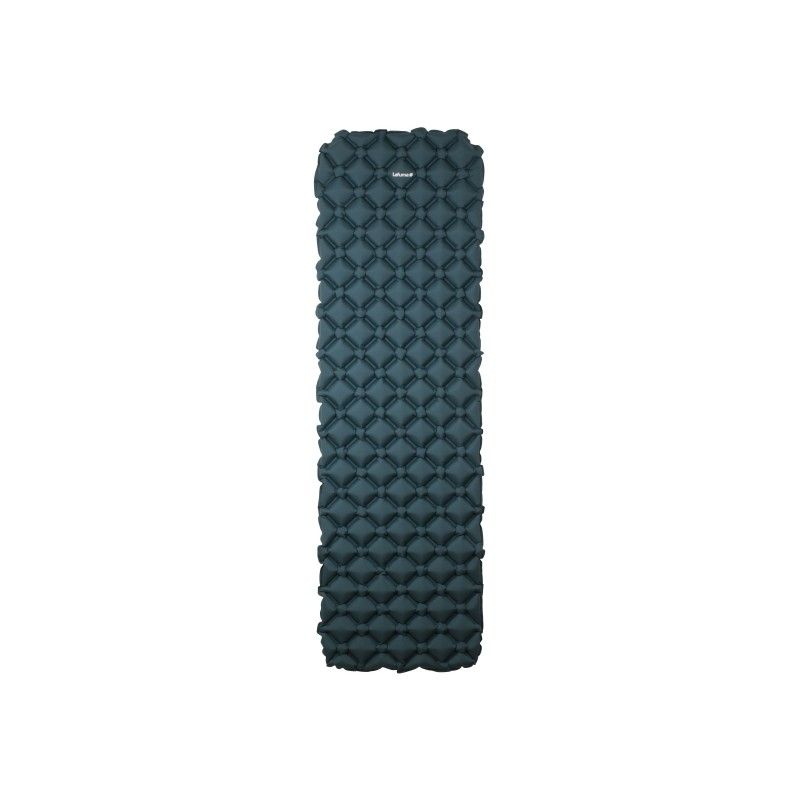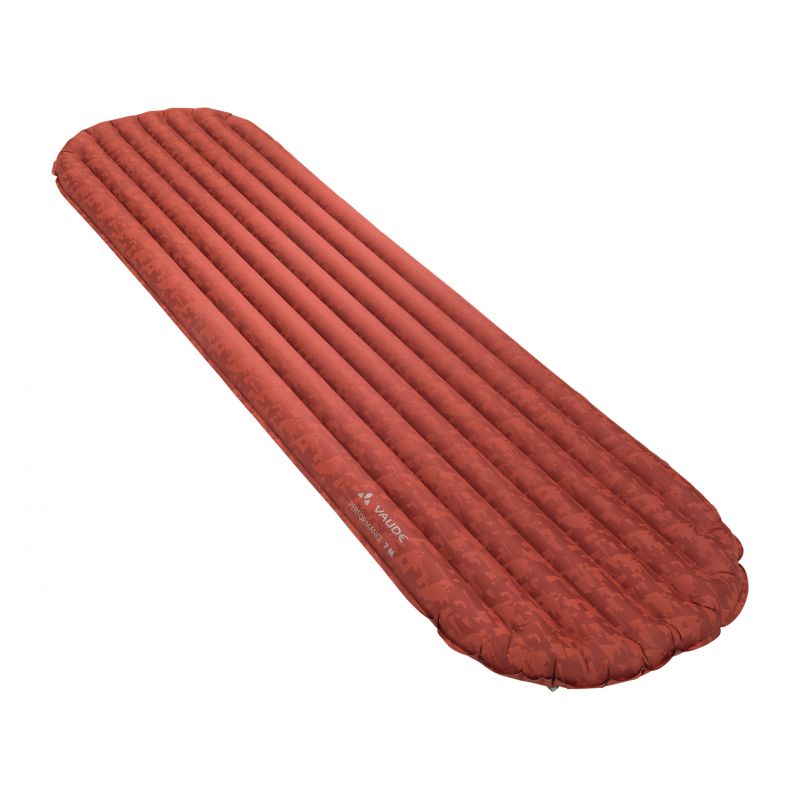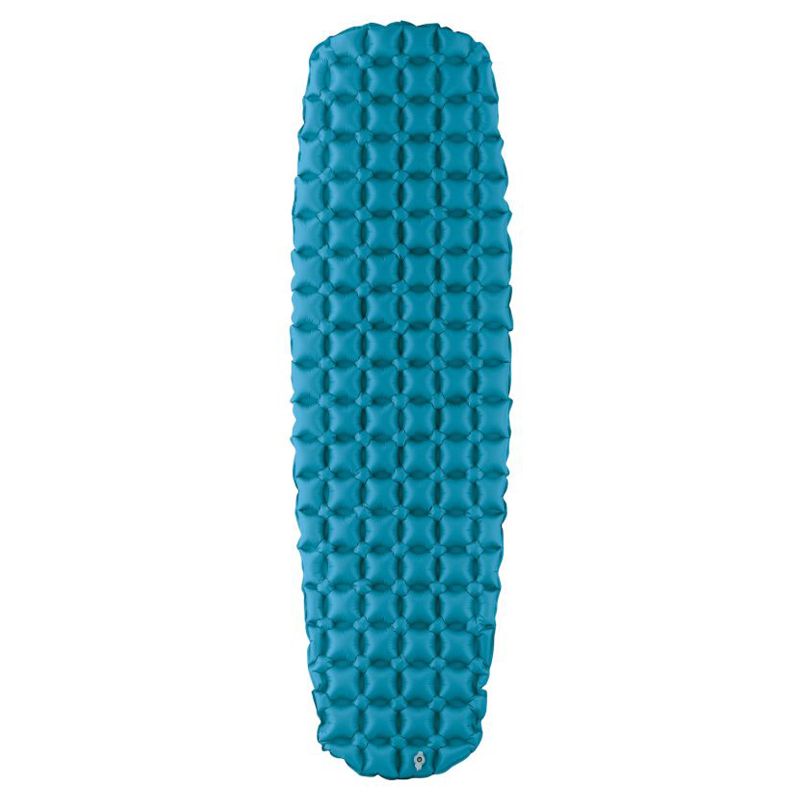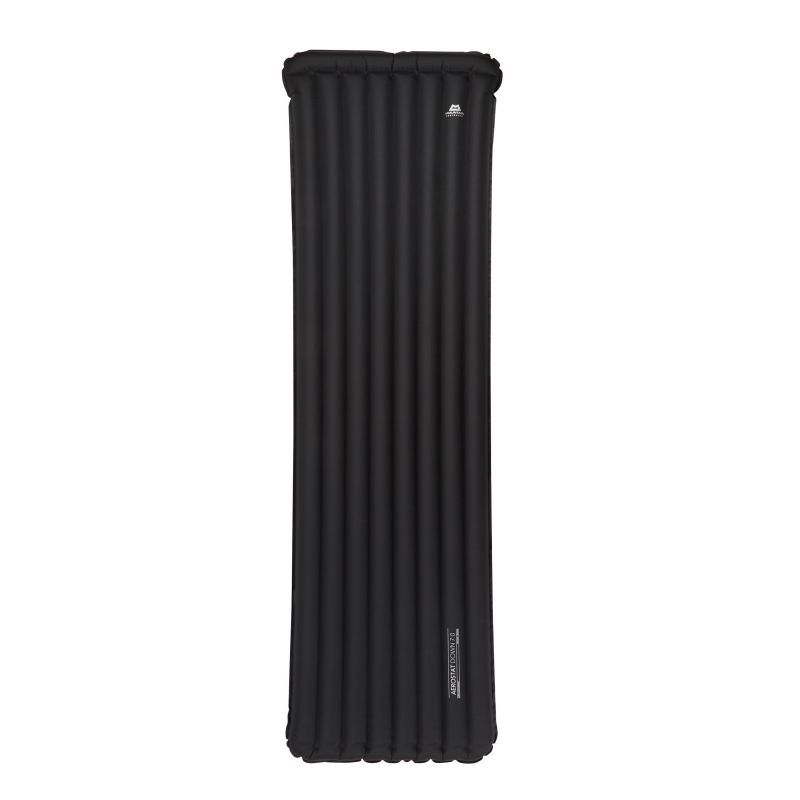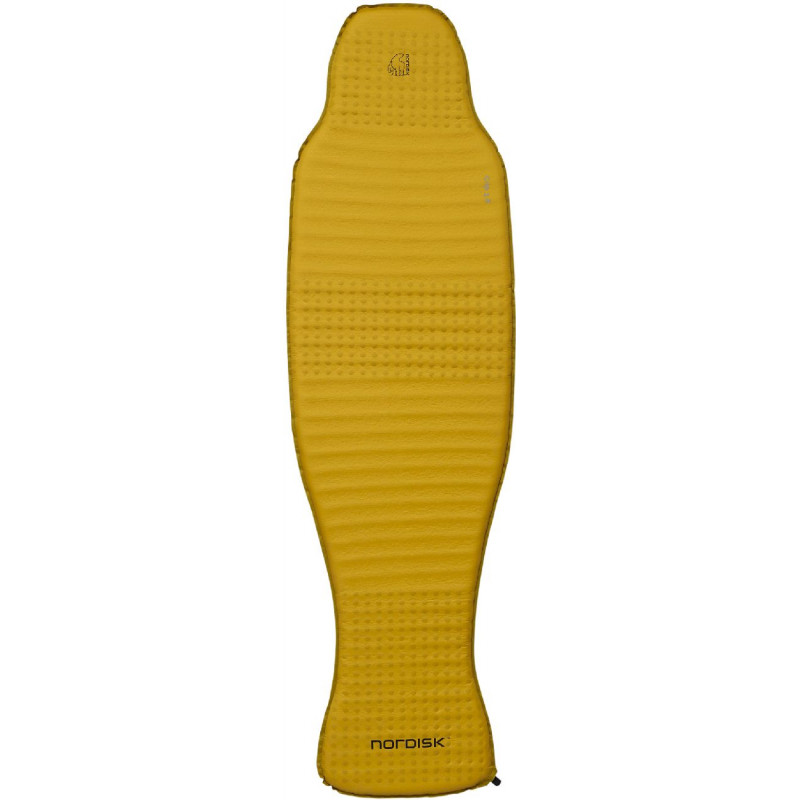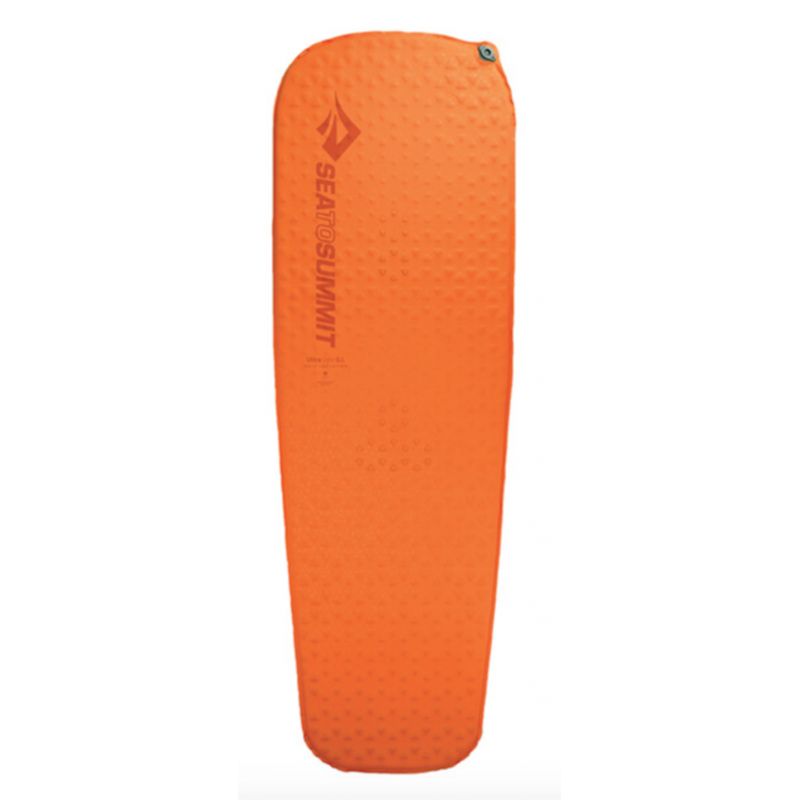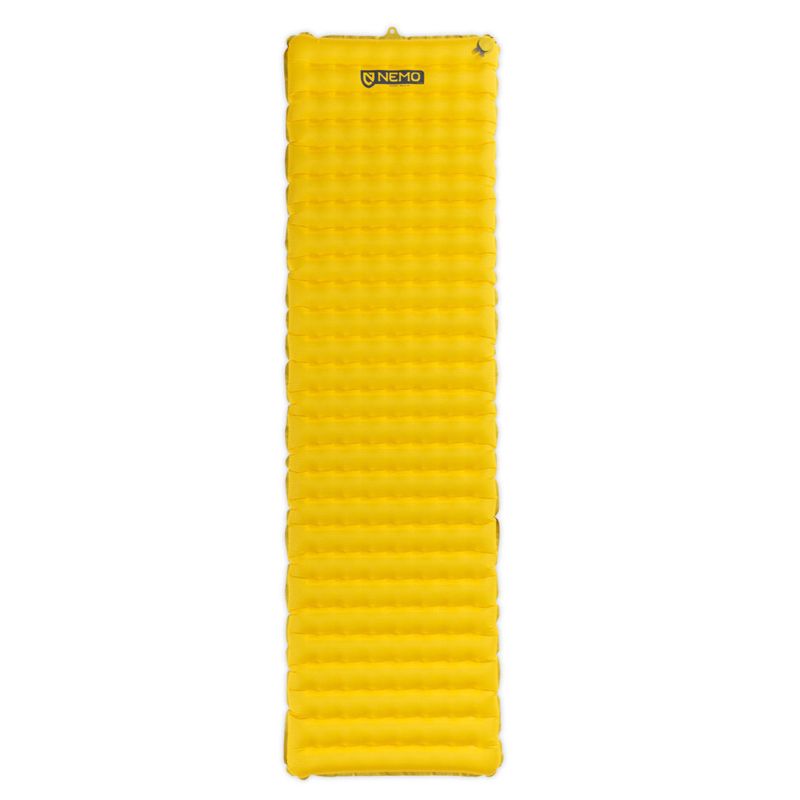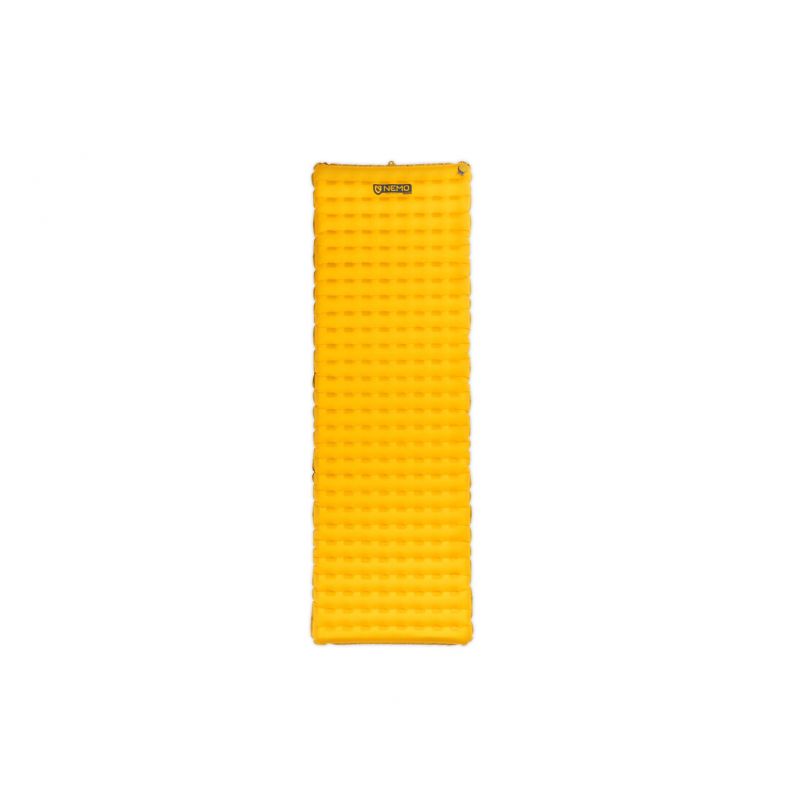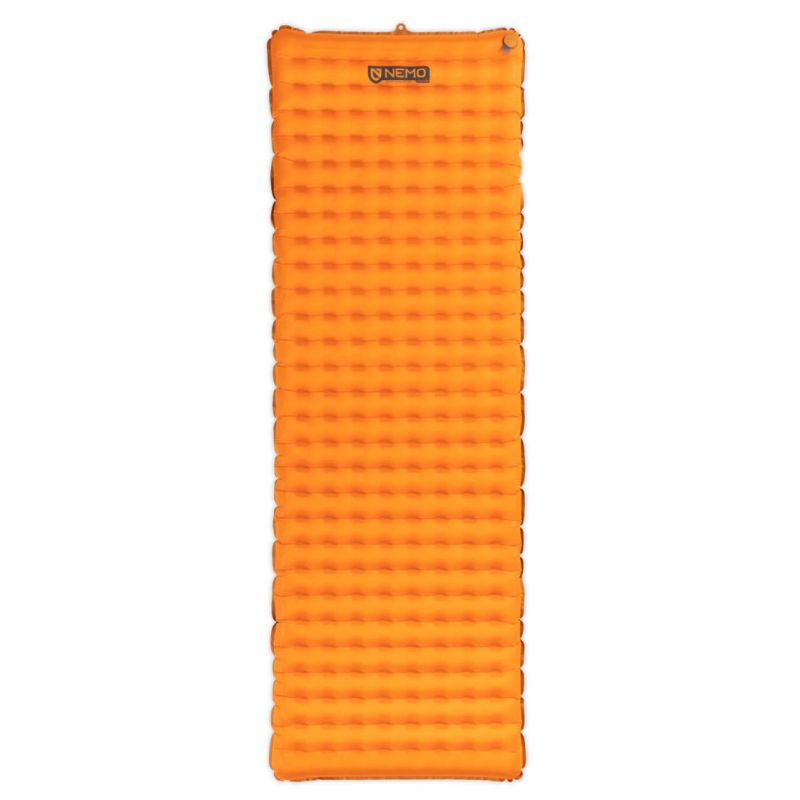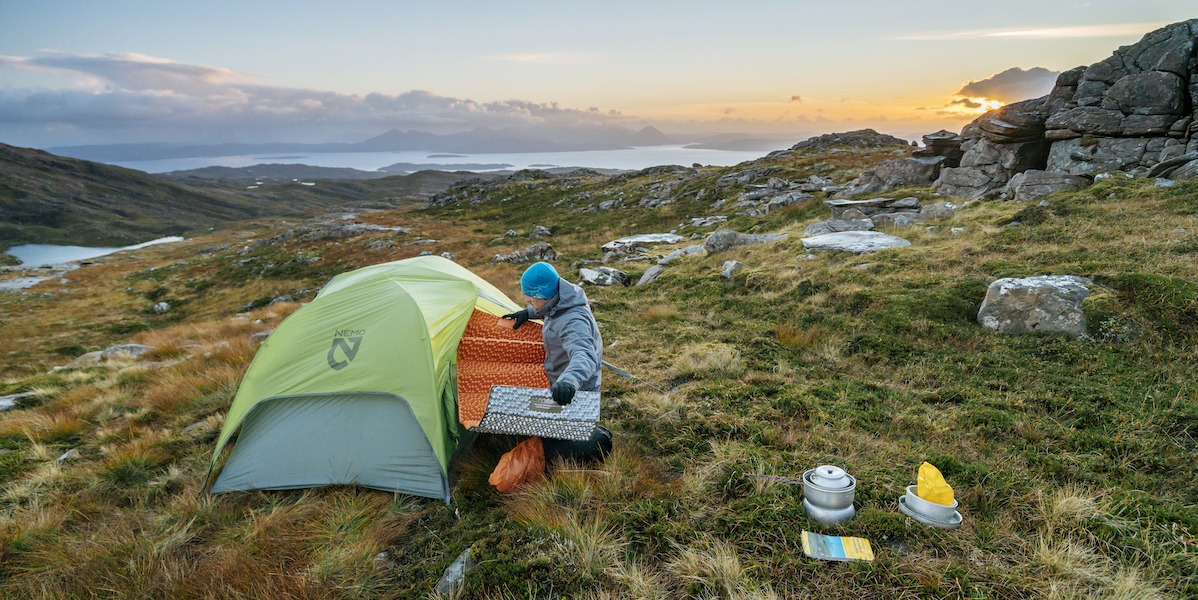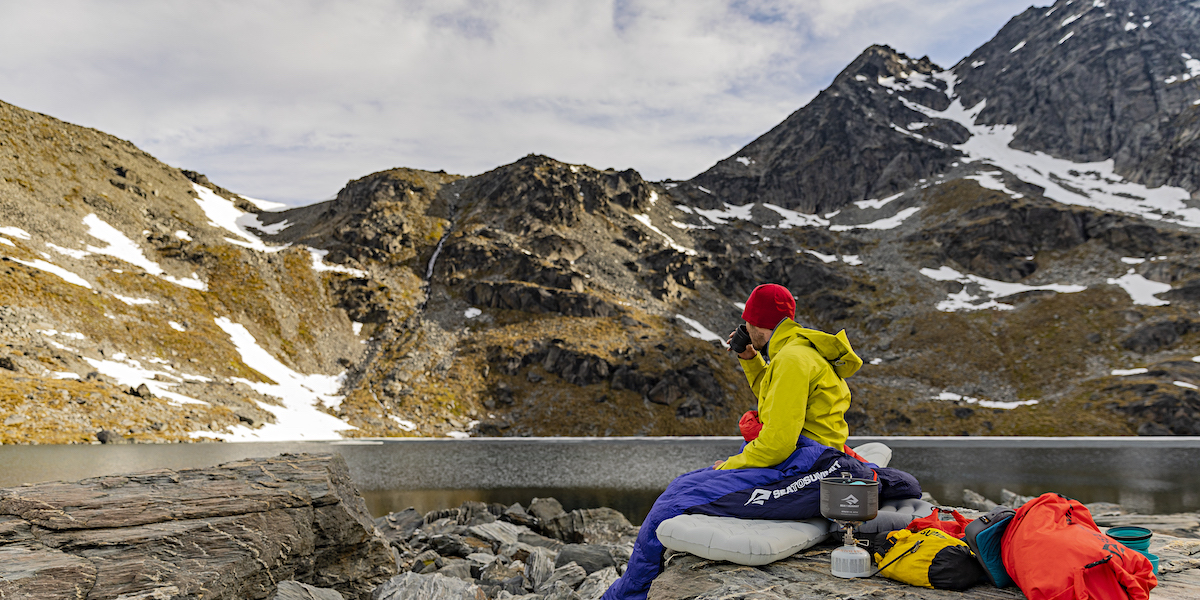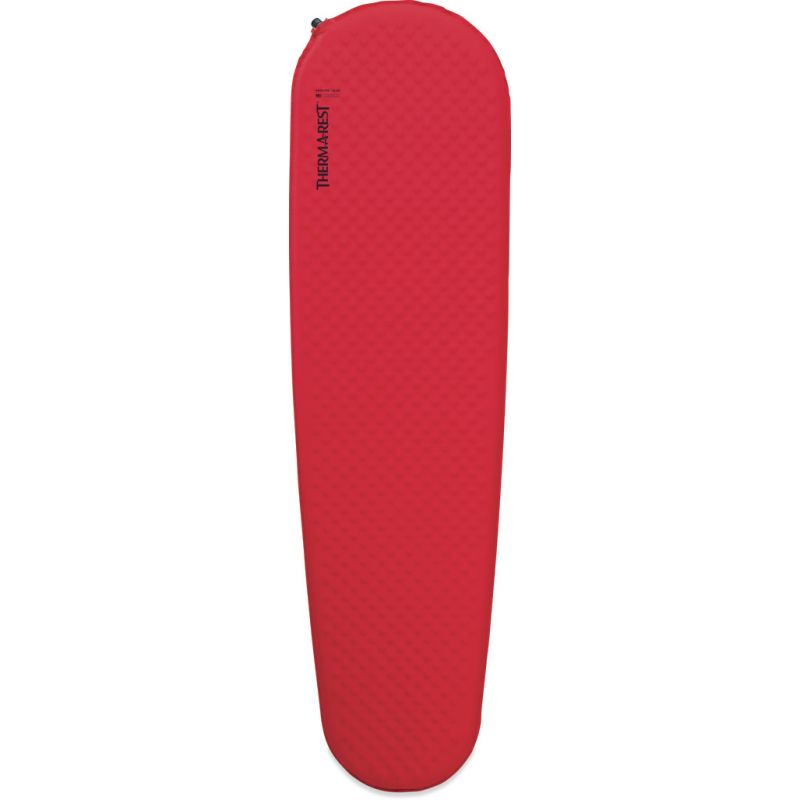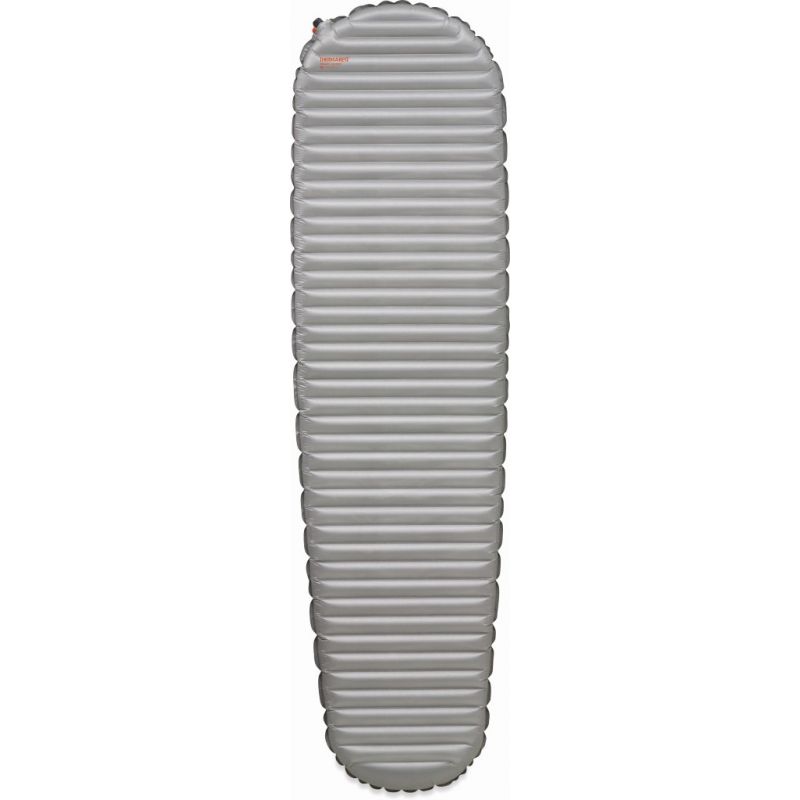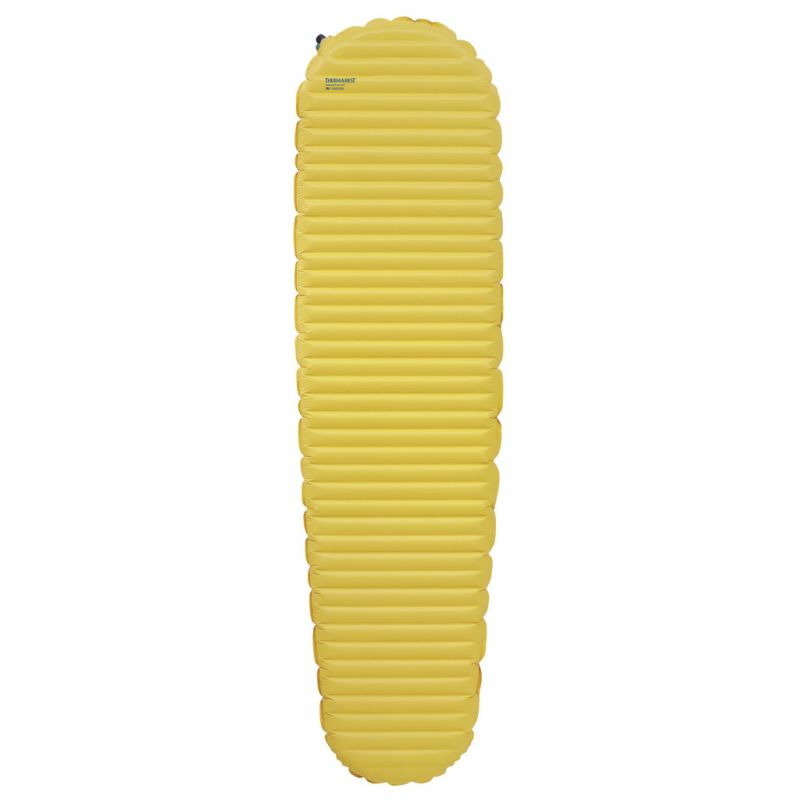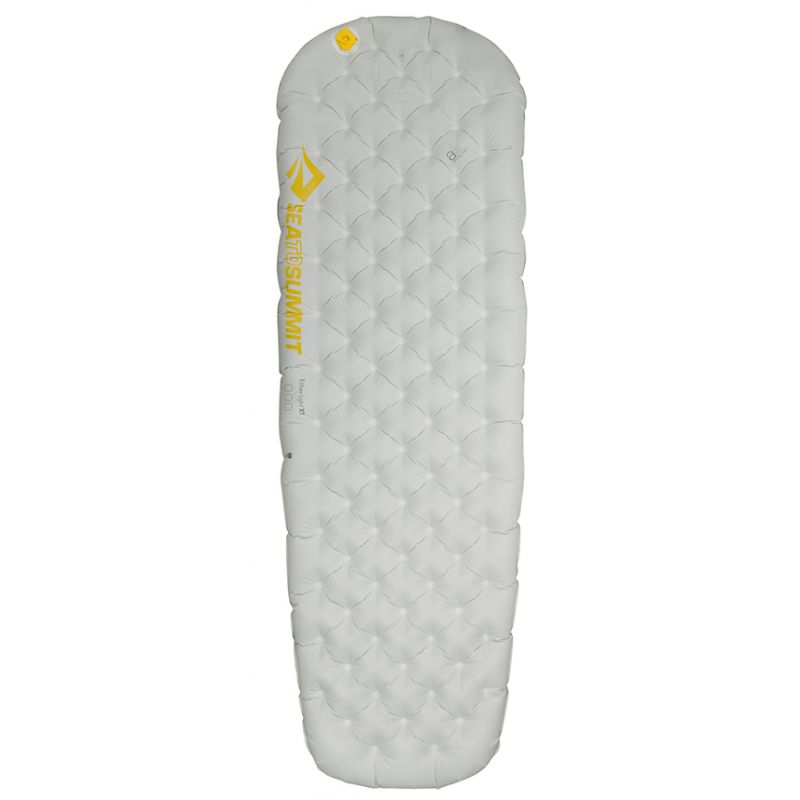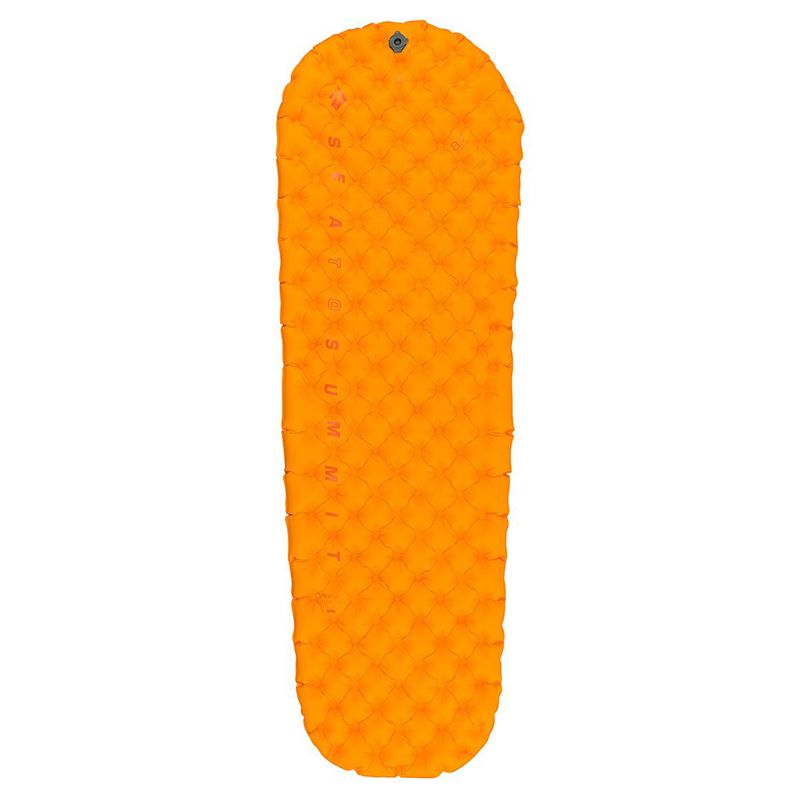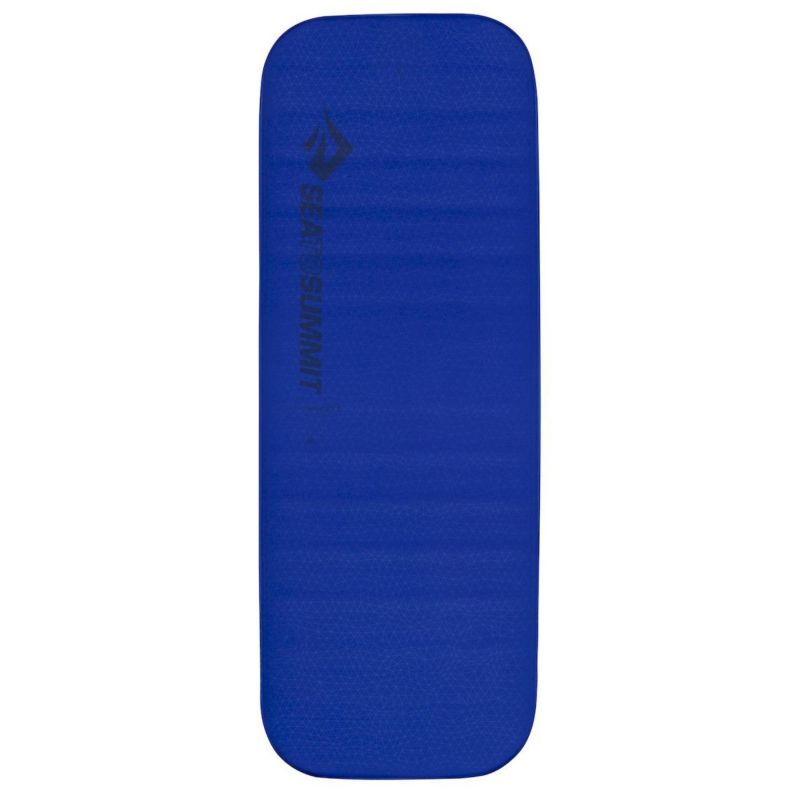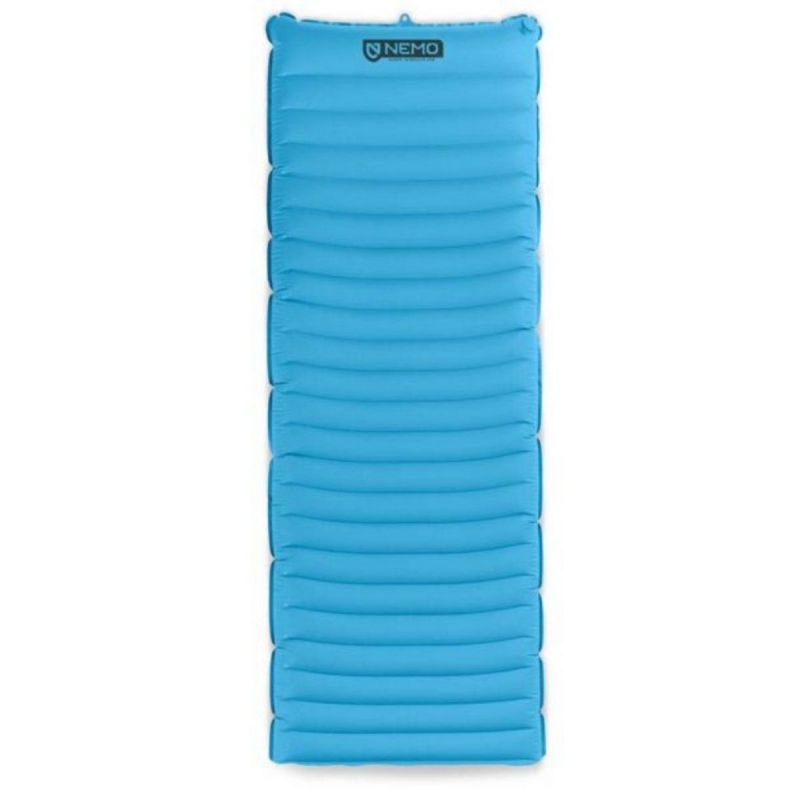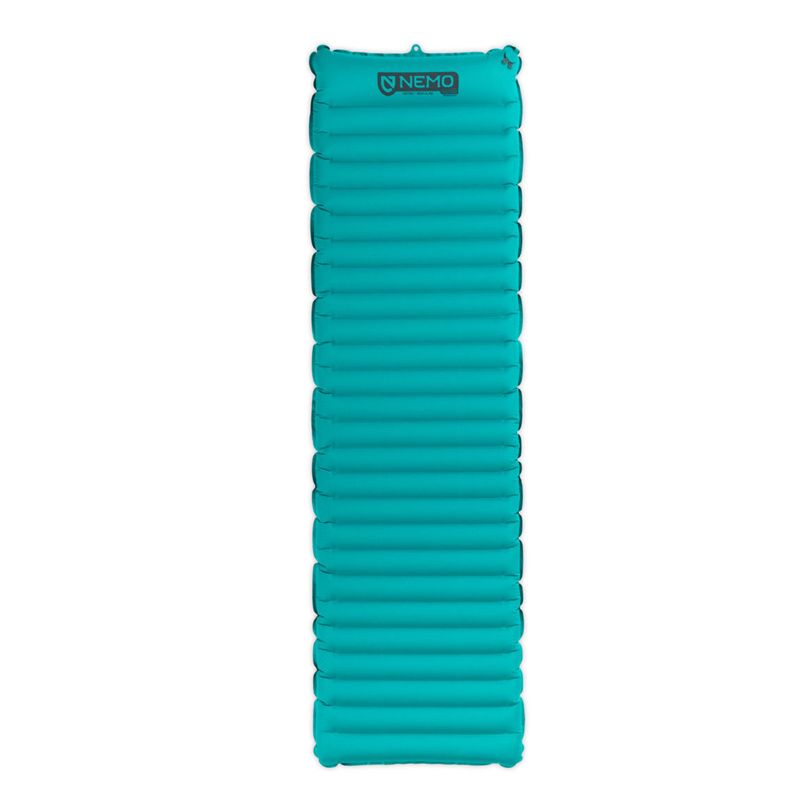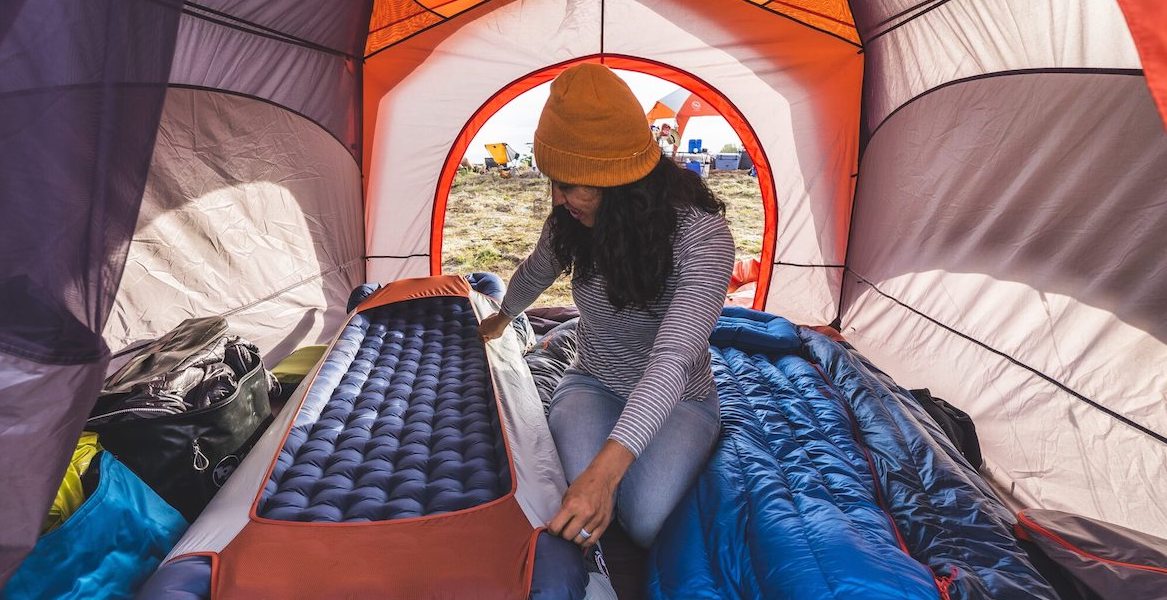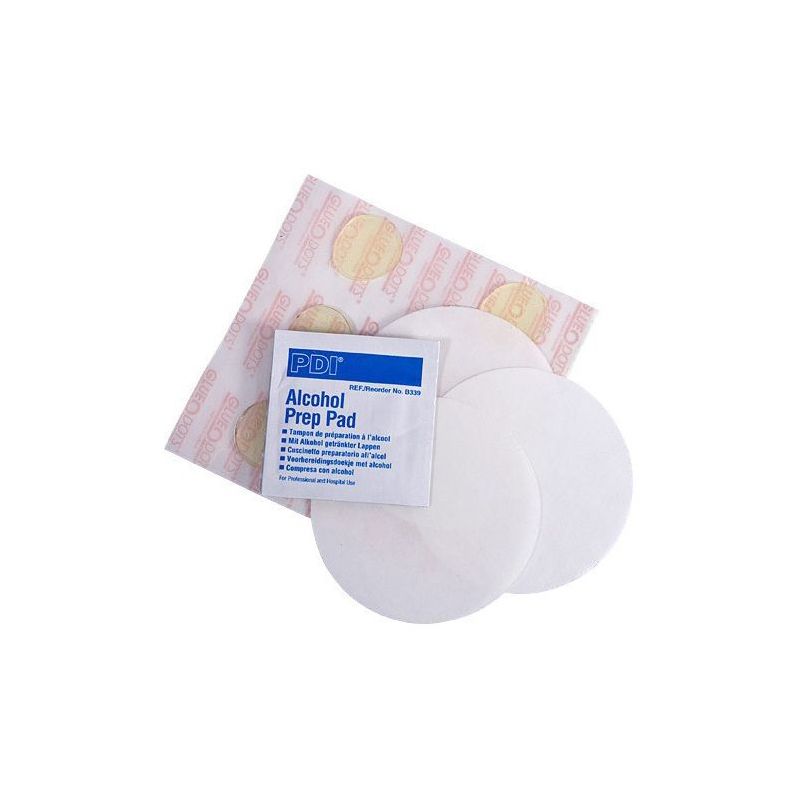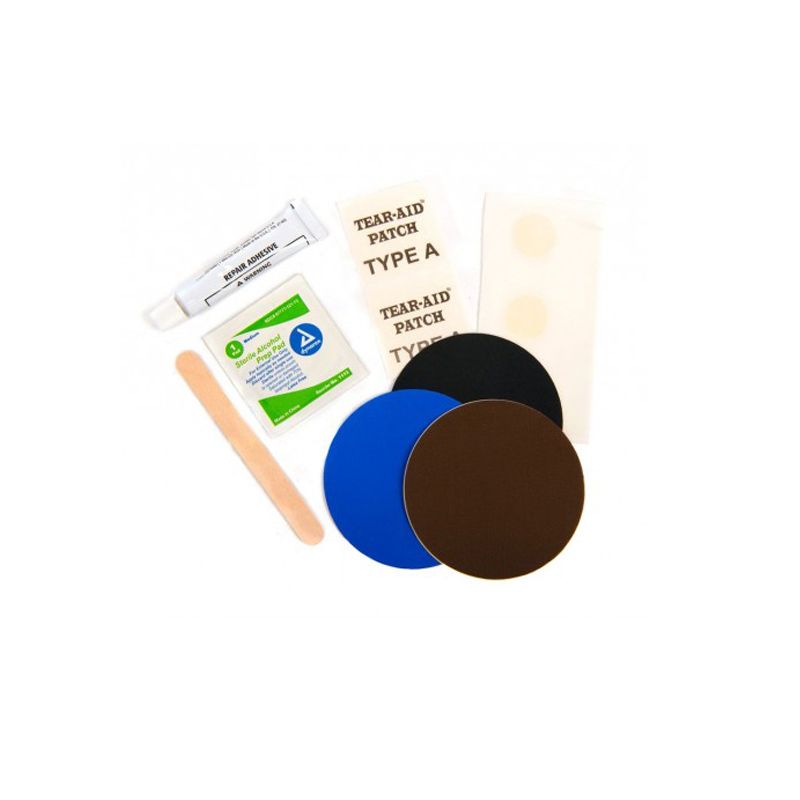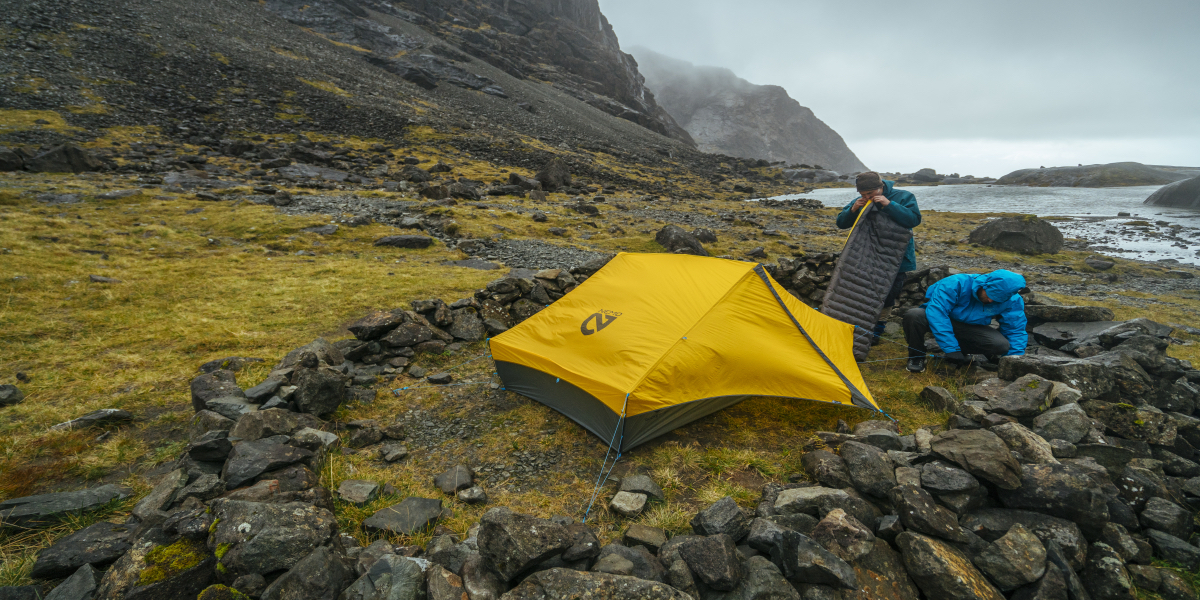If there is something that we don’t mess with, it's sleep ! And to spend a good night, nothing compares to a good bed. To sleep in a tent or outdoor, we often hear that we need a good sleeping bag, but that isn’t enough. If you are not the kind who like to sleep on your bedroom’s floor, therefore, as everyone, you will need a hiking mat to sleep outdoor.
Bringing comfort and thermic insulation, the hiking mat is a must for a successful bivouac. And because all types exist, we have condensed here, all you have to know to make the right decision when choosing your sleeping pad!
Why use a backpacking sleeping pad?
If the hiking mattress is essential, it is no coincidence, it will fulfill 2 essential functions for a successful night in the great outdoors. First comes comfort: whether in the forest, in the mountains or by a lake, the terrain is frequently uneven, strewn with stones or other debris.
The trekking mattress allows you to smooth out these bumps and sleep in your preferred position. Next, let's move on to thermal insulation. If in your room the mattress is above all a question of comfort, during a night in a tent at 5 °C, the floor is cold and conductive. Here, the hiking mattress, and some models in particular, will significantly reduce the coldness of the ground.
Choosing the right sleeping pad: the selection criteria
 You will find below an exhaustive list of the essential criteria to look at to find the hiking mattress that you need.
You will find below an exhaustive list of the essential criteria to look at to find the hiking mattress that you need.
The weight
Certainly the most battled characteristic from one model to another! The lighter your bivouac mattress, the lighter your backpack will be and will therefore require less carrying effort. Keep in mind that your hiking pad alone will never be very heavy, but added to all the equipment in your bag, every gram counts…
The dimensions
For the length of your trekking mattress, you will often have the choice between “regular” (≈183 cm) and “long” (≈198 cm) depending on your height. There are also “short” models (≈122 cm), more compact and lighter, on which you will only wear the upper body (less comfortable, but more minimalist).
Regarding the width, the standard is 51 cm (20 in), however, some brands offer wider “wide” models for people too cramped on a classic hiking mattress or simply looking for more comfort.
Finally, some brands offer “mummy” inflatable mattresses: narrower, they offer less space and therefore slightly less comfort, but, on the other hand, they are less heavy and bulky than a rectangular hiking mattress of the same size.
Thickness
The wider the hiking mattress, the more comfortable it will be, and the heavier and bulkier it will be. A 2.5 cm hiking mattress will be light, but will only serve as a supplement. The classic thickness is between 5 and 7 cm: above 8 cm, you will sleep like at home! Inflatable mattresses generally have the best weight to thickness ratio.
The folded volume
Whether given in dimensions or in liters, this is the indicator that determines the size of your bivouac mattress. And since there are a lot of things to put in the bag, it might as well take up as little space as possible! We can consider that a hiking mattress of 20 x 8 cm is a compact model. In cases where no bent volume is indicated, take care, as these are often large models.
Insulation & R-Value
Previously a bit controversial, the R-value has been standardized by the ASTM since the beginning of 2020 (standard F3340-18). Taking the form of a note, it will indicate the level of insulation of a hiking mattress and therefore its use. Here is the concrete value:
- R-value between 0 and 2: non-insulated or poorly insulated, summer use only
- R-value between 2 and 3: insulated, 3-season mattress (from spring to autumn)
- R-value between 3 and 4: insulated +, 4-season mattress (suitable for winter nights)
- R-value between 4 and 4.5: insulated ++, mattress for extreme cold, suitable for very low temperatures (use on expeditions, on glaciers or in the snow)
The most versatile trekking mattresses will benefit from an R-value between 3 and 4, but for people who do not practice bivouacs in winter, a mattress with an R-value between 2 and 3 will be very effective for 2 to 3 season use. Last important detail: the more insulated the hiking mattress, the more expensive it will be.
The materials & resistance of the fabric
Here, a small lexicon is essential. The resistance of a fabric is expressed in “Denier” abbreviated “D” (example: 30/40D nylon fabric). The higher the index, the more resistant the fabric of the hiking mattress.
If a construction is said to be “rip stop” or “polyurethane coated, then the mattress will show better resistance to abrasion. Finally, regarding materials, nylon will be more resistant, but generally heavier than polyester.
Insulation: what is R-value?
We discussed the subject a little higher, the R-value index is standardize (F3340-18) and, in fact, comparable from one brand to another. For a trekking mattress to be given a rating, it is confronted with the following test:
It is inflated to a given pressure (0.035 Bar)
- Then is placed on a cold plate (5°C)
- A hot plate at 35°C is then placed on it with constant pressure (0.02 kg/cm2)
- Once in place, the energy required to maintain the top plate at 35°C is measured
- Depending on the energy provided, the score is assigned
➤ Sleeping Mats - Shop
Camping Mats & Sleeping Pads: the different existing types
The foam mattress: the economical solution
If it is certainly the cheapest, the hiking foam mattress is often also the lightest. It can roll up, but very frequently it folds like an accordion. Honeycomb versions will provide more insulation and comfort. Very practical, it sets up and folds up in a snap. Extremely resistant, it does not have the disadvantage of being able to pierce, unlike other types of hiking mattresses.
On the other hand, the foam mattress remains a cumbersome and relatively uncomfortable solution, unlike those we will see next. It can be used in addition to an inflatable mattress or a self-inflating mattress to improve pad insulation and protect from the ground.
Advantages:
- Inexpensive
- Lightweight
- Very resistant
Disadvantages:
- Bulky
- Not very comfortable
- Correct but limited insulation
Recommended for:
- A first purchase or low budget
- Occasional and summer use
- Abrasive floors (alone or in addition to a second mattress)
The inflatable mattress: the comfort solution
The inflatable mattress can take on 2 different roles. It can be the classic novice backpacker's camping mattress, a bit heavy and bulky. It can also be state-of-the-art, offering the best possible insulation and comfort, all with minimal bulk and weight. In general, it will be thicker and more comfortable, it is also on this model that we will find the most insulating versions (R-value > 4.5).
On the other hand, the inflatable hiking mattress is also the most fragile: a repair kit is in order! It also needs to be inflated each time you use it. To help with inflation, there are different models of pumps (manual, pump bags, etc.), supplied or not with them, which allows you to get tired as little as possible and not send moisture inside the mattress.
Remember that inflatable mattresses are the most common, and therefore those for which there are the most variants. Take care to look at the characteristics of each model before concluding your purchase.
Advantages:
- Comfort
- Insulation (depending on the model)
- Minimal bulk (depending on the model)
Disadvantages:
- Fragility
- Inflation required
Recommended for:
- Long treks (long-lasting comfort)
- Regular use (the more regular the use, the greater the comfort)
- Hikers minimalist (the “short” versions are very light and take up little space)
The self-inflating mattress: the practical solution
Halfway between the 2 previous models, it is the perfect combination of their respective advantages and disadvantages. The strong point of the self-inflating mattress will above all lie in its practicality.
No inflation effort: just let it take its unfolded shape and then give a few breaths for it to be usable. It is more compact and more comfortable than a foam mattress, but not as much as an inflatable mattress. It will be more resistant to punctures, but having a repair kit is still essential. Its insulation is often suitable for 3-season use, but will very rarely be suitable for winter or very cold conditions.
To sum up, the self-inflating hiking mattress will be more efficient and comfortable than a foam mattress, but not as much as a good inflatable mattress, while keeping its practicality and versatility.
Advantages:
- Easy to use
- Versatile
- Relatively compact
Disadvantages:
- Relative comfort on hard ground
- Heavier and bulkier than inflatable models
Recommended for:
- Medium to long hikes 3 seasons
- Family use (for simplicity of installation)
- Recommended"shorts" are very light and space-saving)
The mattress with integrated pump: the camping solution
The mattress with integrated pump is easy to define, since it combines the advantages of the inflatable hiking mattress (comfort, insulation), while providing simplified inflation solution: the integrated pump. The small downside (because yes, there is one), will be in the weight and pack size. Indeed, a hiking mattress with an integrated pump will be much heavier than a classic inflatable mattress. It is therefore a perfect solution for nights camping, in a camper van or any other bivouac solution that does not require carrying equipment.
Advantages:
- Comfort
- Easy inflation
Disadvantages:
- Weight
- Fragility
Recommended for:
- Nights camping or in a van
- Family use (for ease of installation)
- Any use that does not require long carrying of equipment
How to choose a camping mat for my outing?
Occasional use
In the context of occasional use, the purchase of a hiking mattress or a self-inflating hiking mattress quickly becomes expensive. The hiking foam mattress will be the best compromise, especially since it will survive the years without difficulty. If you stay on a summer practice and are looking for a little more comfort, opt for a non-insulated inflatable mattress which will be more pleasant while remaining affordable in terms of price.
Regular or technical use
For more regular use, a good weight/comfort ratio begins to be of interest. Select a self-inflating hiking mattress or an inflatable hiking mattress which will be more compact while providing you with the necessary comfort. Adapt the thickness and the insulation (R-value) according to your needs.
Intensive use or expeditions
If you are a very regular camper, comfort will take precedence over the rest, especially on treks lasting several days: choose a thicker inflatable model.
If by intensive use you are more of an “ultra-light hiking” type, you will have to make the concession of comfort and opt either for a hiking foam mattress, or for an inflatable mattress or a small format self-inflating mattress (“short” model) to save weight and space. An ultra-light hiking mattress will be your priority here!
Finally, for the most extreme expedition-type conditions, an inflatable hiking mattress will be mandatory. Choose an R-value greater than 4.5 and a substantial thickness (about 8 cm). For expeditions in demanding/abrasive terrain, you can use a hiking foam mattress in addition to your inflatable mattress. This will reinforce the insulation and protect your hiking mattress.
Top 3 of the best brands of hiking sleeping mats
Thermarest
The undisputed and timeless leader in outdoor sleeping systems, Thermarest designs trekking mattresses for all hiking formats. Their models are known and recognized for their efficiency: from the simple Ridgerest Classic foam mattress to the range of NeoAir inflatable mattresses that the experts are fighting over, you will inevitably find the one that suits you!
➤ Thermarest Sleeping Pads - Shop
Sea to Summit
Directly from Australia, the Sea To Summit branddid not take long to establish itself as a heavyweight in sleeping systems. Not (yet) offering foam mattresses, they do offer excellent air mattresses and self-inflating mattresses. We find the Comfort Light and Ultra Light ranges that make the success of the brand with even out-of-category models such as the Comfort Deluxe SI, a 10 cm thick self-inflating mattress recognized as the great luxury of sleeping.
➤ Sea To Summit Hiking Mat - Shop
Nemo
Finally, on the other side of the Atlantic, it is the American brand Nemo which has established itself as a benchmark for outdoor bedding. Systems for everyone, of all kinds, at all prices: from the Astro, to the Vector with integrated pump, to the Switchback foam mattress, you can find everything. And how not to mention the Tensor, available in all forms (short, regular, long, wide, etc.), in short, it's impossible not to find what you're looking for!
How do I repair my hiking sleeping pad?
If you've made it this far, by now you should know all about hiking mattresses. It remains to foresee the unforeseen, the accident. A slightly too protruding stone or a badly placed thorn, and you end up with a flat hiking mattress (much less comfortable and insulating).
To overcome this possibility, several brands (including Nemo) include repair kits with the purchase of their products. Otherwise, if your bivouac mattress does not have one or if you want to be sure to have enough, kits with glue and patches are available to breathe new life into your hiking mattress!
How do I maintain my hiking camping mat?
Regarding the maintenance of your trekking pad, a few fairly simple rules must be observed. Once back from your outing, you can clean your hiking mattress with water, using a damp sponge. Make sure that the cap is properly closed so as not to let moisture inside.
Dry by hand or at room temperature. Roll it on a flat surface, from its end to the valve, to effectively expel all the air. Once conditioned, avoid storing it in a place that is too humid (garage or cellar) or in a place exposed to the sun (behind a window). By respecting these basic instructions, your hiking mattress has many good years (and nights) in perspective!
Are you hesitating between two models of hiking mattress? Do not hesitate to contact our team of experts on +33 (0) 1 84 67 14 24 (free call) or by sending a message from our Help Center. Our HardGuides will be happy to help you and answer your questions!
➤ Sleeping Pads & Camping Mats - Shop
Photo credit : (1) Thermarest I (2,4,6) Sea To Summit I (3,7) Big Agnès I (5,8) Nemo
